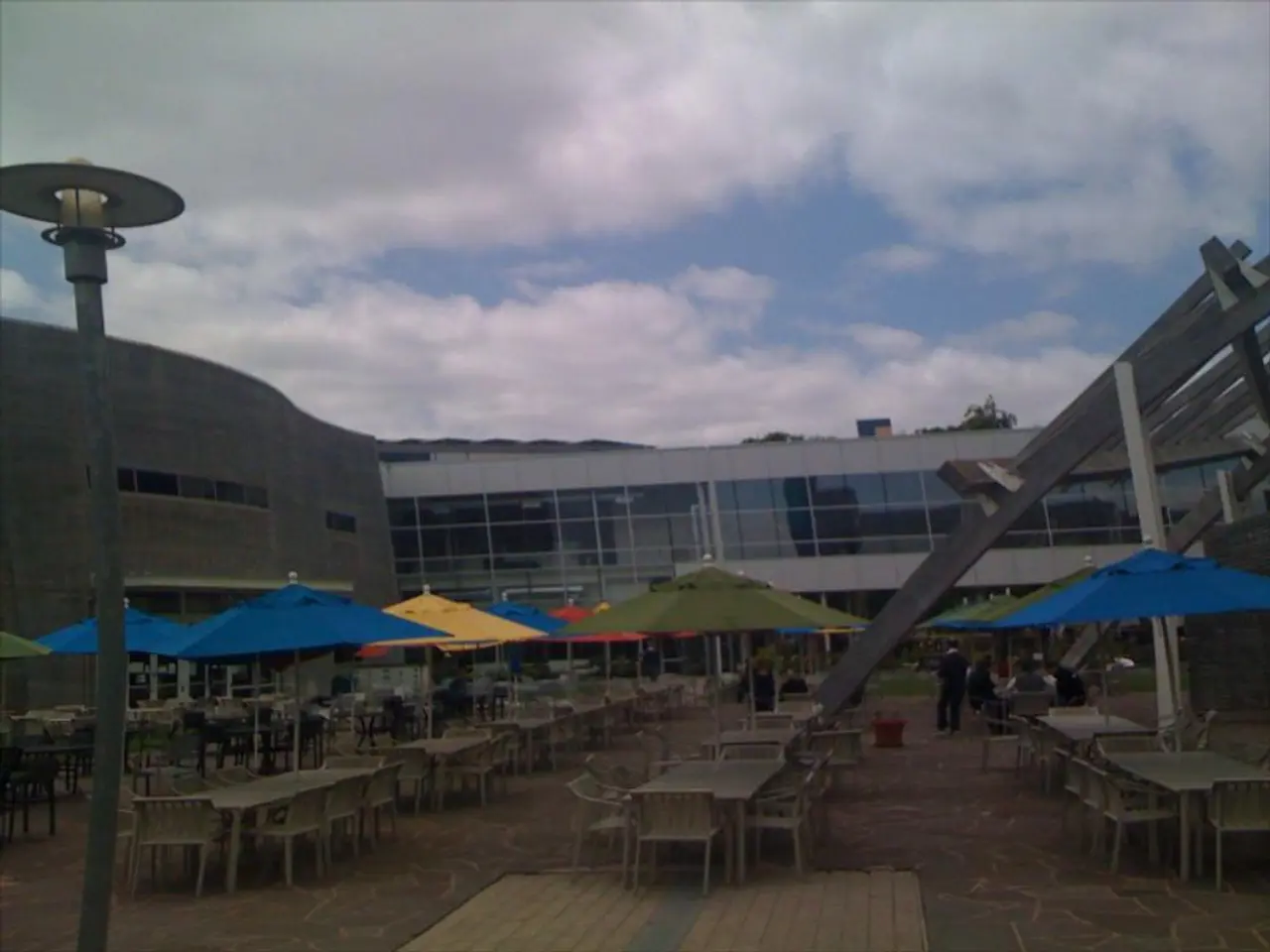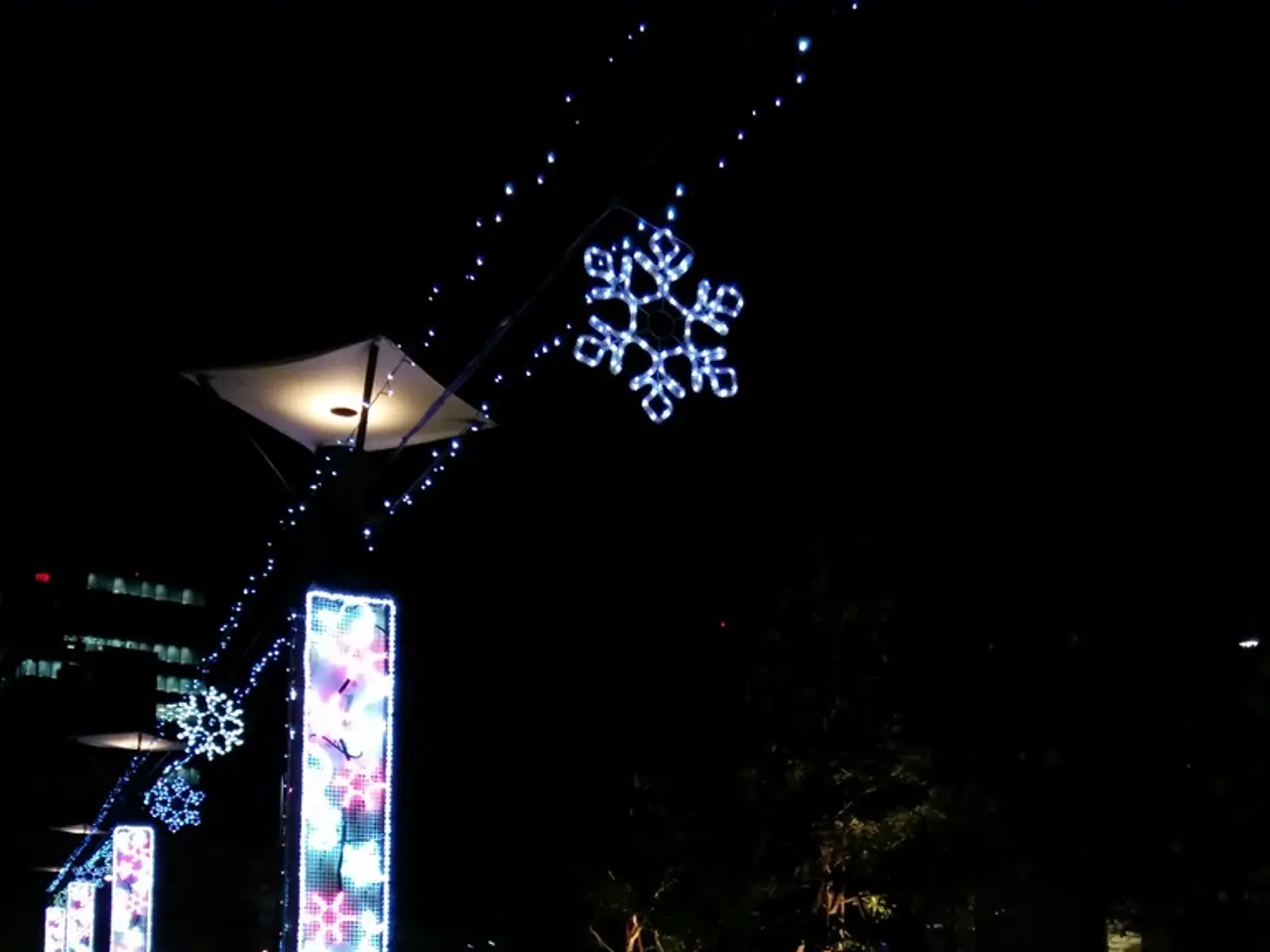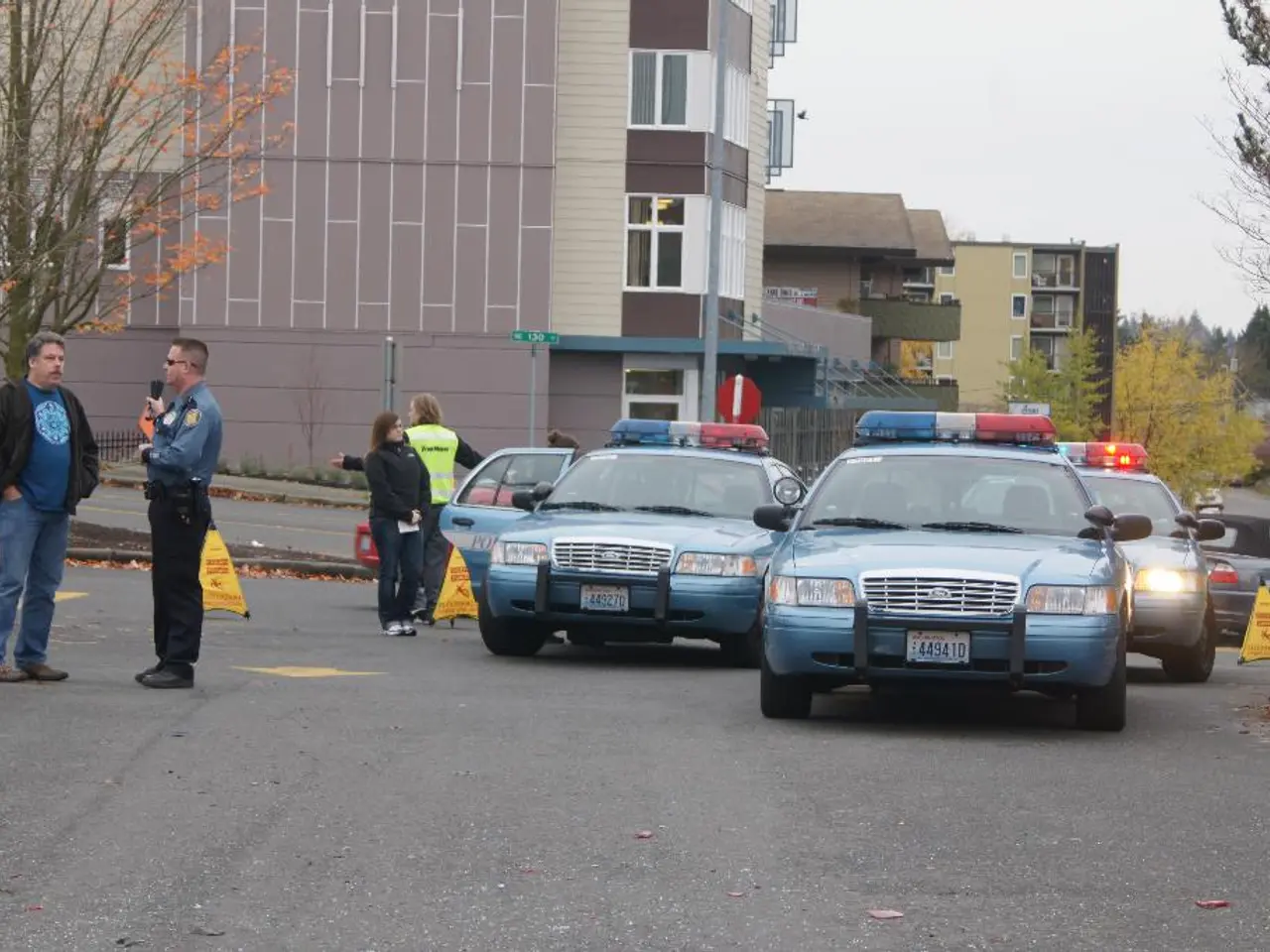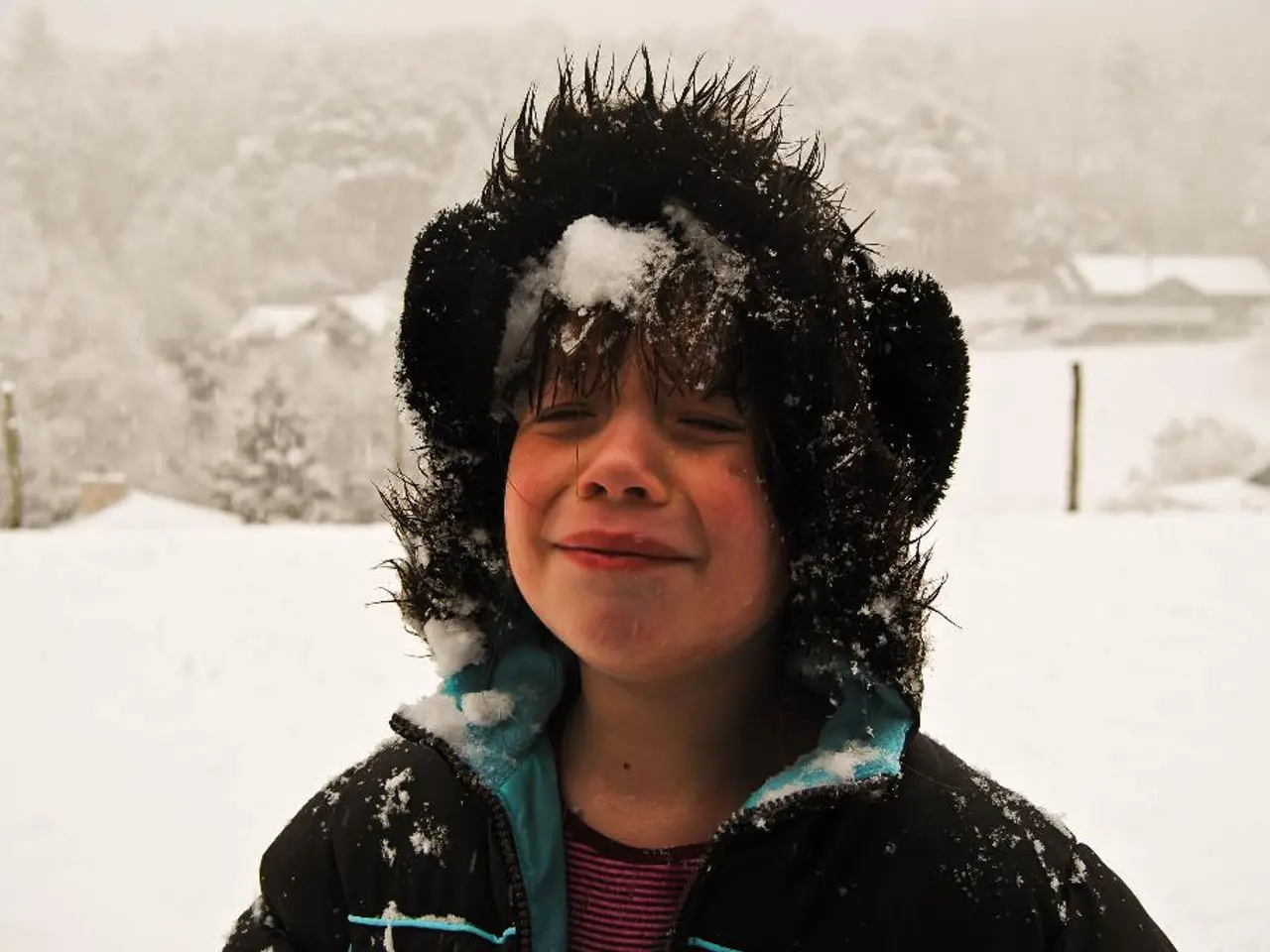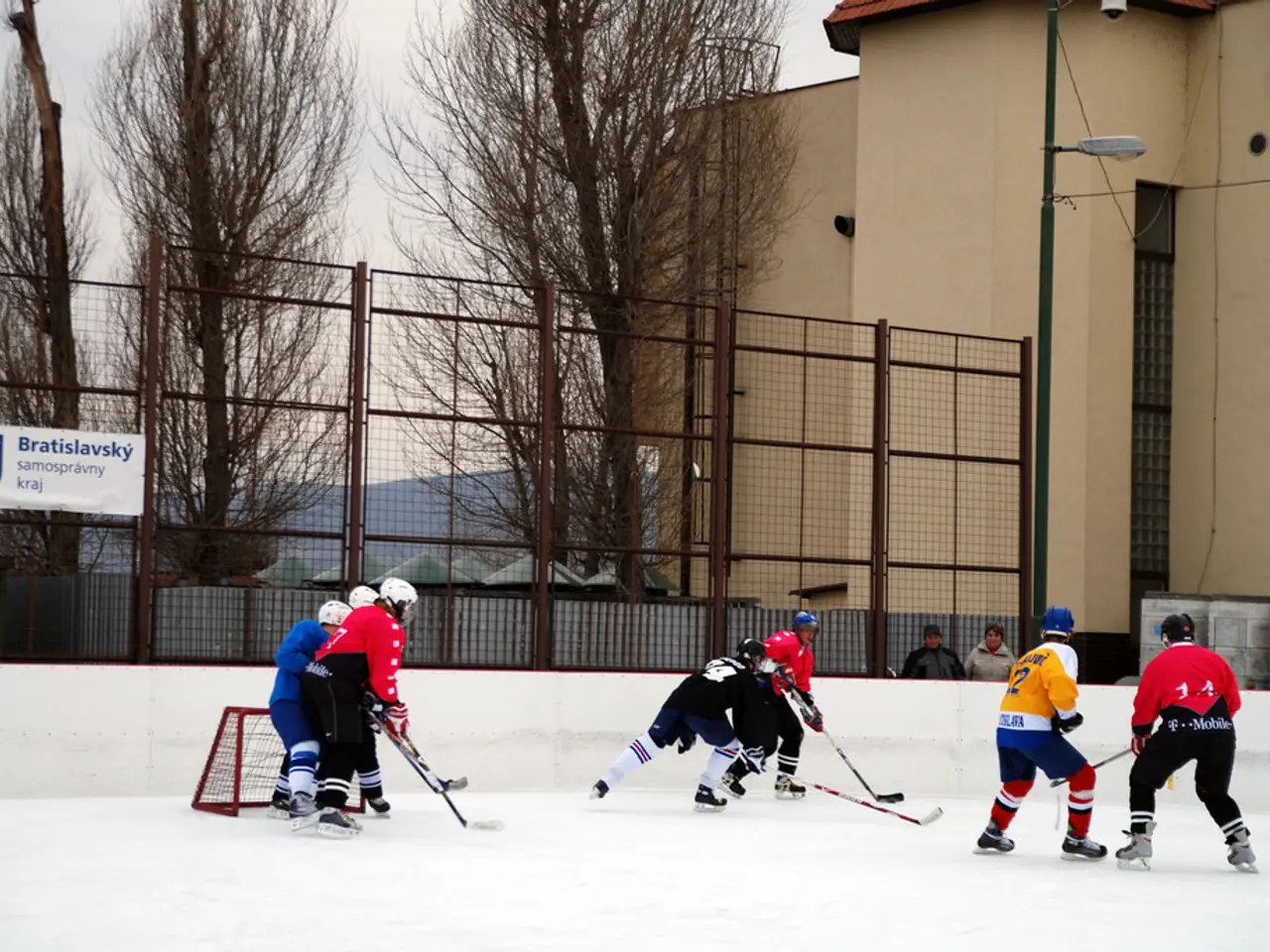Unusual heat wave persists in southern Russia, expected to continue for approximately 10 days.
Heatwave Hits Southern Russia, Causing Widespread Damage
Southern Russia is currently experiencing a severe heatwave, with temperatures soaring above 40°C (104°F) since early July. This prolonged period of extreme heat has had a significant impact on the region, leading to wildfires, power outages, and agricultural losses.
The hot weather is primarily attributed to a powerful anticyclone and air masses originating from North Africa. According to Roman Vilfand, the scientific director of Russia's Hydrometeorological Center, Moscow is forecast to experience strong heat for the rest of the working week, with temperatures exceeding +30°C during the day and not dropping below +20°C at night in the city center.
The high temperature is causing increased evaporation and convective processes, which may lead to scattered rain across southern Russia in the first days of August. However, Crimea, Krasnodar Krai, Sochi, and the Sirius federal territory are currently under storm warnings. Around August 10, a cooling trend is expected to begin in southern Russia, bringing some relief to the region.
The heatwave has had a devastating effect on agriculture, with the Rostov region reaching temperatures as high as +41°C in the shade. The severe temperature spikes have led to widespread agricultural losses, with estimates of grain, cereal, and legume crop losses possibly totaling up to 2.8 million tons. These losses threaten the viability of many farms due to crop failures and economic pressures.
The heatwave has also stressed infrastructure, leading to blackouts and heightened public health concerns, especially for vulnerable populations. The situation started to improve as the heatwave ended towards early August, with temperatures beginning to fall below seasonal averages.
Despite the improvement, the situation remains critical. The heatwave triggered wildfires and power outages impacting over 500,000 people and caused severe drought conditions threatening about 25% of crops in the major agricultural zones, resulting in substantial yield reductions and financial strain for farmers.
This extreme heat is a result of climate change trends that contribute to more frequent and intense heatwaves and droughts. As the period progresses, significant daily temperature fluctuations are expected, with hotter days and cooler nights. By mid-August, there may be brief rain showers in southern Russia, offering some hope for relief.
Sources: 1. Climate Central 2. Russian Hydrometeorological Center 3. Intergovernmental Panel on Climate Change 4. Russia Beyond 5. The Moscow Times
- The current heatwave in Southern Russia, attributed to climate change trends, has significantly impacted the region, causing wildfires, power outages, and agricultural losses in the environmental science field.
- The exaggerated temperatures in Southern Russia are raising concerns in the society, especially for vulnerable populations, as they face heightened public health issues and uncertain agricultural prospects due to the ongoing impact of climate-change-induced heatwaves and droughts.
